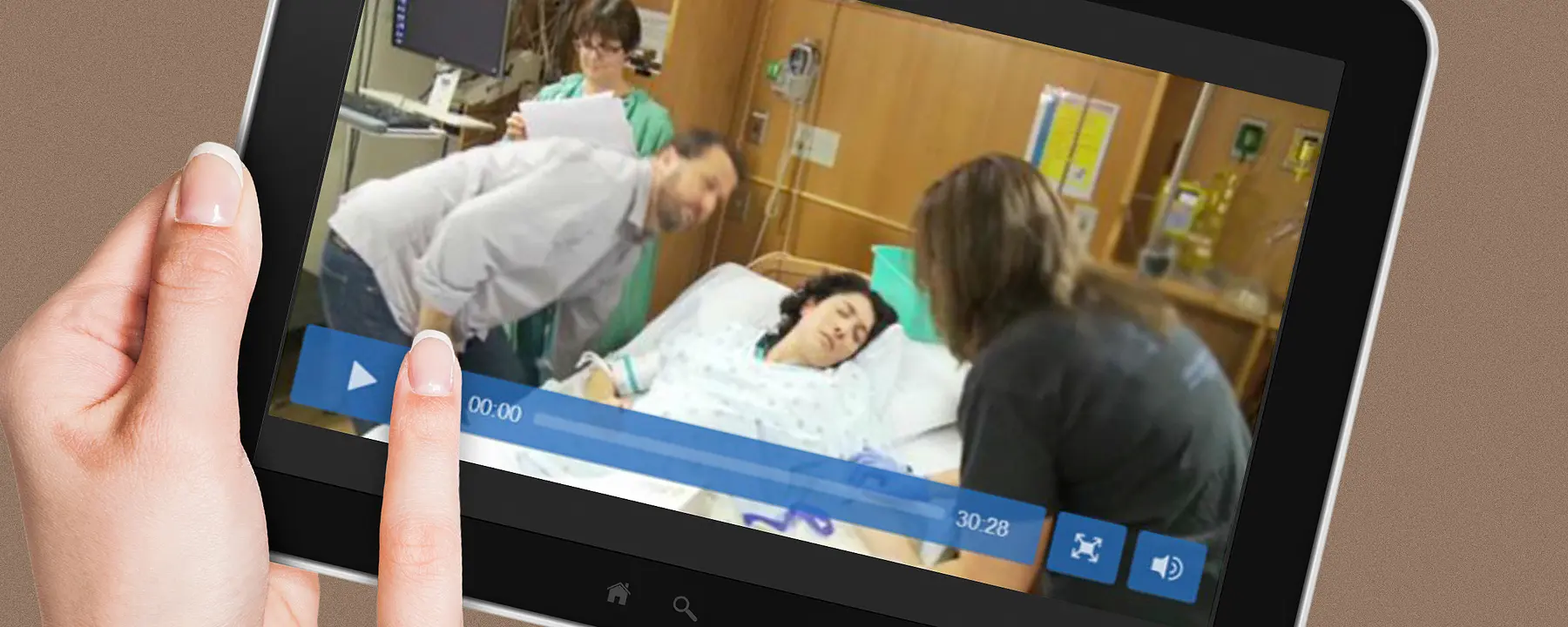Improving safety for mothers and newborns during labor and delivery
Serious obstetrical adverse events occur in approximately 9 percent of all U.S. births, of which over 30 percent are potentially avoidable. Striving for patient safety in the crucial hours surrounding birth means taking steps to avoid errors. In health care settings, that involves following standardized protocols, improving communication among providers, and effectively responding to patients and families.
To decrease maternal and neonatal adverse events and improve patient safety, team communication, and quality of care within labor and delivery units, the U.S. Agency for Healthcare Research and Quality (AHRQ) contracted RTI to develop its Safety Program for Perinatal Care. This program is part of a series of safety programs targeting different hospital units. We were tasked with developing a toolkit, conducting a series of web-based trainings, supporting frontline providers in program implementation, and evaluating the program’s effects on unit culture, processes, and clinical perinatal outcomes.
Program and Toolkit Deliver Training in Skills Vital to Patient Safety
To improve the safety of care in labor and delivery units, we developed a program and supporting implementation toolkit based on three pillars: teamwork and communication, customizable perinatal safety bundles, and in situ simulation.
Poor communication and teamwork account for about half of unanticipated injuries and deaths in U.S. hospitals. We focused on teamwork and communication because these skills are vital to achieving safer outcomes in all care settings, especially in settings requiring highly reliable processes and the ability to respond rapidly to acute patient changes.
The customizable perinatal safety bundles address a variety of topics. They provide guidance on the safe use of high alert medications such as oxytocin and magnesium, the use of rapid response teams on labor and delivery units, and policies and practices related to safe use of electronic fetal monitoring and safe cesarean section surgery. We also describe the key safety elements for responding to obstetric emergencies such as shoulder dystocia, obstetric hemorrhage, and cord prolapse.
The vital and unique in situ simulations are trainings conducted in real work environments, as opposed to a simulation lab, and challenge health care providers to respond to obstetric emergencies in real time, using the processes and resources available on their units. These simulations provide hands-on practice for health care professionals in teamwork and response to obstetric emergencies, and they help identify latent system issues that can lead to errors or delays in treatment.
To help health care providers bring in situ simulations to their own hospitals, we developed a training video that provides a vivid example of how to conduct one of these immersive exercises. The video is based on authentic footage from a simulated obstetric hemorrhage on an actual labor and delivery unit, along with the corresponding clinical team briefings and debriefings. It represents a unique contribution to the field with its prominent focus on the practice of teamwork and communication skills. BMJ Innovations published our video online, highlighting its scientific and professional value while making it freely available to a worldwide audience.
Supporting Implementation in Labor and Delivery Units Nationwide
During 2015, we recruited more than 50 labor and delivery units that are implementing the program over a 10-month period. We supported implementation through a series of web-based trainings and ongoing technical assistance. Participating labor and delivery units are located across the United States and represent the full spectrum of hospital sizes and perinatal care capabilities. As units put the program tools into practice, we are learning from their experience, which will ultimately guide revisions to program materials.
Our effort to improve perinatal safety is still in progress. Much work remains ahead, including finalizing the toolkit for public release, as the units finish program implementation and move into sustainment.
- Agency for Healthcare Research and Quality (AHRQ)
